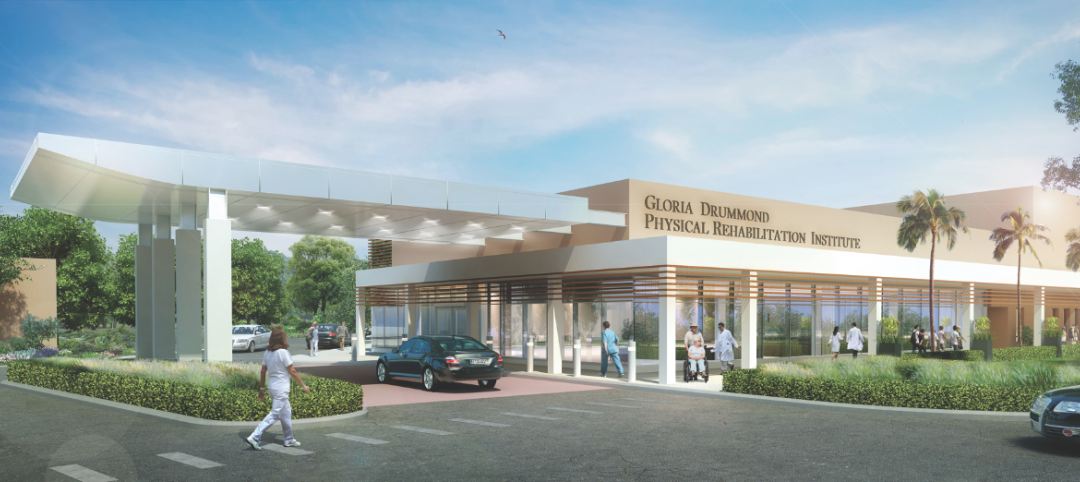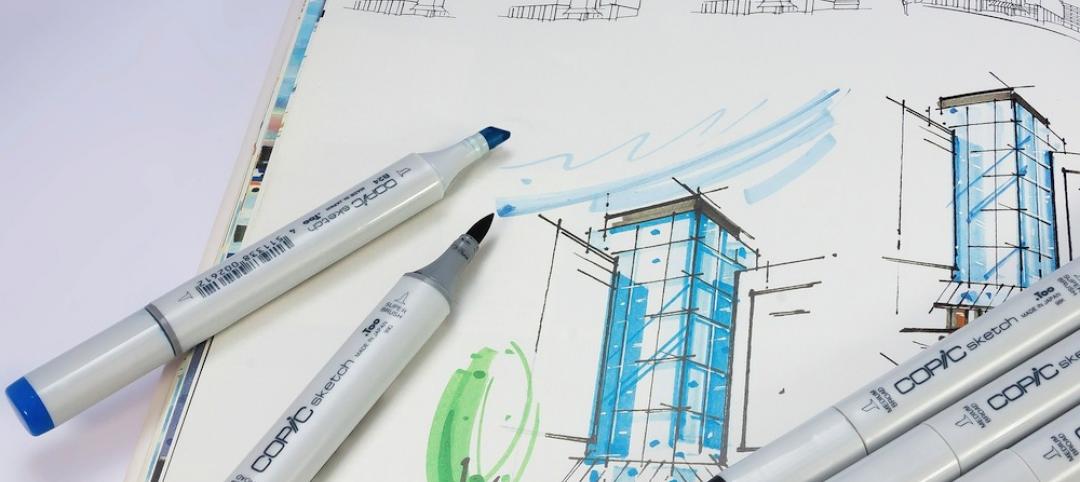There are many hurdles to overcome when completing a life cycle cost assessment. LCCAs have been praised by some and criticized or viewed with skepticism by others. Some AEC professionals like to use LCCAs to provide evidence that a certain design with a higher first cost attached to it actually achieves lower total cost of ownership over time.
Such an analysis, however, is only as good as the data that is used to complete it; in the end, you have to be able to justify and defend your results. When completing an LCCA, it is important to remain neutral and to use unbiased data.
Following are some words of advice regarding LCCAs, based on RMF Engineering’s experience on the Berkeley County School District HVAC study.
1. AVOID USING A “SIMPLE PAYBACK” METHODOLOGY. As the name implies, simple payback is a rudimentary methodology, and the results can be unsophisticated and even misleading. This method should not be used as an in-depth LCCA tool.
2. DON’T HIDE YOUR ASSUMPTIONS. The paucity of data on certain costs means that you will have to make assumptions, but these should not be allowed to affect the outcome of the analysis. It is important to thoroughly document all assumptions, costs, and calculations used in the analysis.
3. GET YOUR CONSTRUCTION DATA FROM THE BEST AVAILABLE SOURCES. Not many contractors and sales representatives are willing to divulge their actual cost for equipment, materials, and installation. Usually the best they will give you is the cost in dollars per square foot, which, unfortunately, is not sufficiently detailed to provide a proper analysis.
For HVAC life cycle cost analyses, manufacturers will often provide budget pricing for specific pieces of equipment, which can be useful. Resources such as RSMeans and published pricing guides for piping and other materials are also great resources for calculating cost and should be used instead of general cost.
4. MAKE THE EFFORT TO GET SOLID MAINTENANCE DATA. It is important to have a clear understanding of how an HVAC system will be maintained as well as how much it will cost the owner to maintain. Some owners prefer to do their own maintenance; others contract maintenance out. Some perform maintenance at regularly scheduled intervals; others wait until the equipment breaks down. Maintenance is probably the most poorly documented cost item in most LCCAs, but it can have a major impact on the accuracy and validity of the analysis. Make sure your maintenance data is up to date and specific to your project.
5. NAIL DOWN THE OWNER’S EXPERIENCE WITH EQUIPMENT LIFE. The life cycle of equipment varies by owner and can be drastically different than the manufacturer’s reported data. When comparing different types of systems, it’s important to discuss the owner’s experience with equipment life and how long they plan to use certain products. Any sharp differentiation from the norm could have a significant impact on the outcome of your analysis.
6. ANALYZE THE RESULTS CAREFULLY TO DETERMINE THE LEVEL OF CERTAINTY. For the BCSD project, the difference between the least expensive and next least expensive system was significant (13.1%), so we were comfortable in recommending it. Unfortunately, not every LCCA results in a clear winner. Each analysis will have a different level of uncertainty associated with it due to the assumptions, variables, and the analysis type. The more variables and assumptions there are, the higher the level of uncertainty. There are often intangibles that cannot be associated with a quantifiable cost, and one of these might end up becoming the deciding factor in your analysis.
7. LOOK FOR LCCA FUNDING FROM NON-CLIENT SOURCES. For the Berkeley County SD project the local utility cooperative, which happens to place a great deal of value on customer education, offered to partially fund the study in order to have access to the data. When proposing an LCCA to a client, check around to see who else could benefit from the analysis. There may be funding available to offset the cost to the owner or provide additional funding for a more in-depth study.
8. EXPECT THE UNEXPECTED. For our project, we originally modeled gas boilers for the water-source heat pump system to be similar to the four-pipe system. The energy models showed that there was virtually no requirement for heating of the condenser water loop due to our building type and climate. We suspected this might be the case because a nearby high school had been operating without a boiler and did not have heating problems. It was later decided that an electric boiler would be a better fit for the school district’s HVAC systems because its initial cost and associated annual maintenance costs would be far less than a gas boiler. It’s likely that you will face similar unanticipated results in future projects, so be prepared.
Related Stories
Giants 400 | Aug 7, 2015
UNIVERSITY SECTOR GIANTS: Collaboration, creativity, technology—hallmarks of today’s campus facilities
At a time when competition for the cream of the student/faculty crop is intensifying, colleges and universities must recognize that students and parents are coming to expect an education environment that foments collaboration, according to BD+C's 2015 Giants 300 report.
Giants 400 | Aug 7, 2015
RECONSTRUCTION AEC GIANTS: Restorations breathe new life into valuable older buildings
AEC Giants discuss opportunities and complications associated with renovation, restoration, and adaptive reuse construction work.
BIM and Information Technology | Aug 6, 2015
After refueling its capital tank, WeWork acquires BIM consultant Case
The merger is expected to help standardize how WeWork designs and builds out office space.
Giants 400 | Aug 6, 2015
BIM GIANTS: Robotic reality capture, gaming systems, virtual reality—AEC Giants continue tech frenzy
Given their size, AEC Giants possess the resources and scale to research and test the bevy of software and hardware solutions on the market. Some have created internal innovation labs and fabrication shops to tinker with emerging technologies and create custom software tools. Others have formed R&D teams to test tech tools on the job site.
Giants 400 | Aug 6, 2015
GIANTS 300 REPORT: Top 115 Healthcare Architecture Firms
HDR, Stantec, and Perkins+Will top Building Design+Construction's 2015 ranking of the largest healthcare architecture and architecture/engineering firms in the U.S.
Giants 400 | Aug 6, 2015
HEALTHCARE AEC GIANTS: Hospital and medical office construction facing a slow but steady recovery
Construction of hospitals and medical offices is expected to shake off its lethargy in 2015 and recover modestly over the next several years, according to BD+C's 2015 Giants 300 report.
Codes and Standards | Aug 6, 2015
ConsensusDocs releases new CM agency contract standard agreement
For use when owner acts as the construction manager, hires a construction manager, or uses multiple prime contractors
Giants 400 | Aug 5, 2015
GIANTS 300 REPORT: Top 135 Office Sector Architecture Firms
Gensler, HOK, and Perkins+Will top BD+C's ranking of the nation's largest office sector architecture and architecture/engineering firms.
Giants 400 | Aug 5, 2015
OFFICE SECTOR GIANTS: Today’s workplace design must appeal to Millennials’ ‘activity-based’ lifestyle
Office market AEC Giants discuss the latest trends workplace design, and the state of the office construction sector.
Giants 400 | Aug 5, 2015
GIANTS 300 REPORT: Top 37 Engineering/Architecture Firms
Jacobs, AECOM, and Thornton Tomasetti head Building Design+Construction's 2015 ranking of the largest engineering/architecture firms in the United States.

















